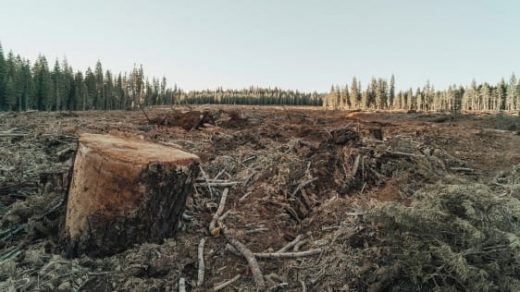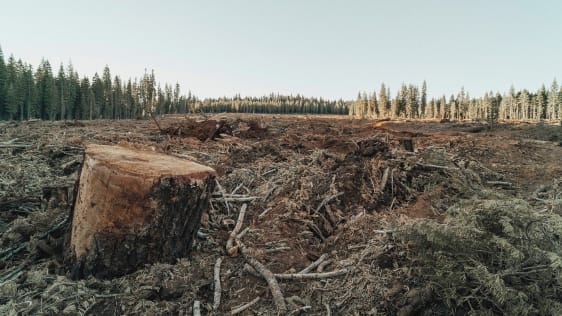Trump says he wants to plant a trillion trees, but mostly is focused on cutting them down
In late September, the Trump administration finalized a plan to allow logging in Alaska’s Tongass National Forest—the world’s largest intact temperate rainforest. A little more than two weeks later, on October 13, he issued an executive order calling for a new council to “implement a strategy” for the Trillion Trees Initiative, a global effort to grow and conserve a trillion trees within the next decade.
Trump said in January that the U.S. would be part of the Trillion Tree Initiative, now known as 1t.org. The executive order creates a council to work on the project, but offers little detail and no actual goals. If implemented well, protecting forests and reforesting degraded land could play an important role in fighting climate change. But it’s only a piece of what needs to happen. “Any climate plan needs to include forests, but a serious climate plan needs to be thinking about all of the other emissions sources that we need to address to take climate action,” says Richards. The Trump administration weakened fuel economy standards, rolled back the Clean Power Plan, weakened emissions standards for the oil and gas industry, and withdrew the U.S. from the Paris climate agreement. The new executive order doesn’t mention climate change, though climate change is the driving force behind 1t.org. (The executive order does acknowledge that “forests and woodlands sequester atmospheric carbon,” but doesn’t explain why that matters.)
Put in place three weeks before the election—and more than eight months after Trump said that the U.S. would participate—it’s unlikely that the new council will accomplish anything soon, even though others involved with 1t.org are taking steps to move forward on separate projects. With the lack of a plan, it also may be unlikely to sway voters. Nearly three-quarters of Americans now believe that climate change is happening, and a record number are alarmed by it. Two-thirds think that the federal government is doing too little to address it. Broadly, the concept of planting a trillion trees is wildly popular, according to a Pew survey, with roughly 90% support. But there’s no evidence that anything like that is actually underway. The nonprofit World Resources Institute has estimated that it’s possible to plant 60 billion new trees in the next two decades; it would cost from $4-4.5 billion a year.
(21)



